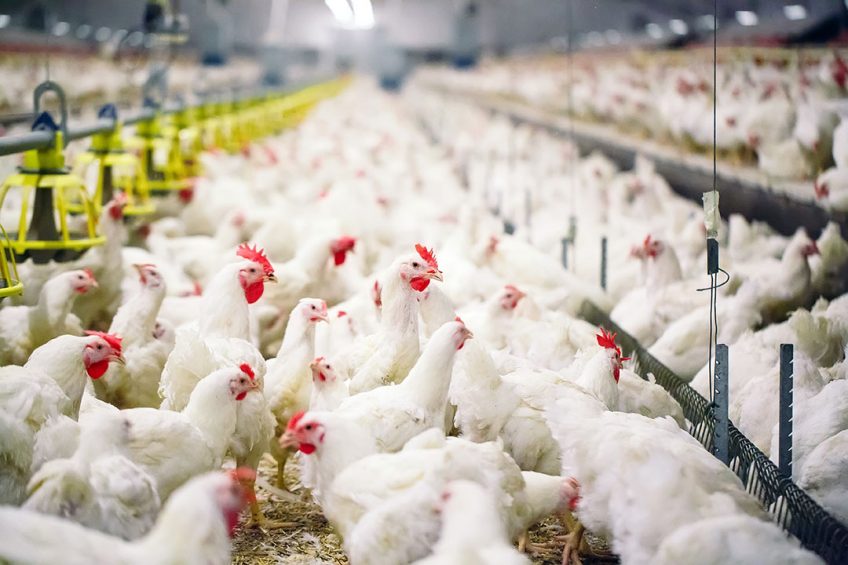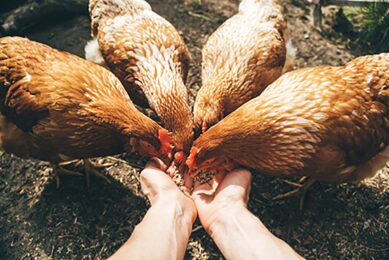Chicken consumption signals new geological epoch

Modern broilers are a defining feature of a new geological epoch that marks the overwhelming impact of humans on the Earth’s surface geological processes.
The modern bird is now different from its ancestors that its distinctive bones are set to become fossilised markers of the time when humans ruled the planet.
New research, led by geographers from the University of Leicester, shows that modern broiler chickens are radically different from their predecessors, and now have a super-sized skeleton, distinct bone chemistry and significantly reduced genetic diversity.
Dr Carys Bennett, honorary fellow at the University of Leicester, said: “As the most numerous terrestrial vertebrate on the planet, with a biology shaped by humans, modern chickens are a symbol of our changed biosphere.”
Co-author, Professor Mark Williams, professor of Palaeobiology at the University of Leicester, added: “These chickens are an artificially evolved new “morphospecies”, the kind of thing palaeontologists recognise, that reflect a biosphere unrecognisable from its pre-human state and now dominated by human consumption and resource use.”
The research, which also involved academics from Nottingham Trent University, the University of Nottingham and North West University, South Africa, compared standard supermarket chickens, of which there are approximately 23 billion in the world at any one time, with the bones of their ancestors dating back to the Roman era.
Breeding and the modern chicken
The body shape of the chickens has changed significantly as a result of their selective breeding over the last 70 years during which time there has been a rapid growth in the demand for low fat protein. The reason why the bone chemistry of modern chickens is so different is due to the change in diet and the drive for globalisation of food distribution.
Fellow Leicester author Dr Ben Coles, who researched the social and economic drivers behind the phenomenon, said: “The food they eat includes soya, maize, wheat and fish, which likely travelled from the other side of the globe and is embedded in a globalised food system both associated with agri-business and implicated in its effects.
Professor Jan Zalasiewicz, professor of Palaeobiology, concluded: “It usually takes millions of years for evolution to occur, but here it has taken just decades to produce a new form of animal that has the potential to become a marker species of the Anthropocene – and the enormous numbers of these chicken bones discarded worldwide means that we are producing a new kind of fossil for the future geological record.”
The research has been published this week (12 December) in the Royal Society Open Science.













